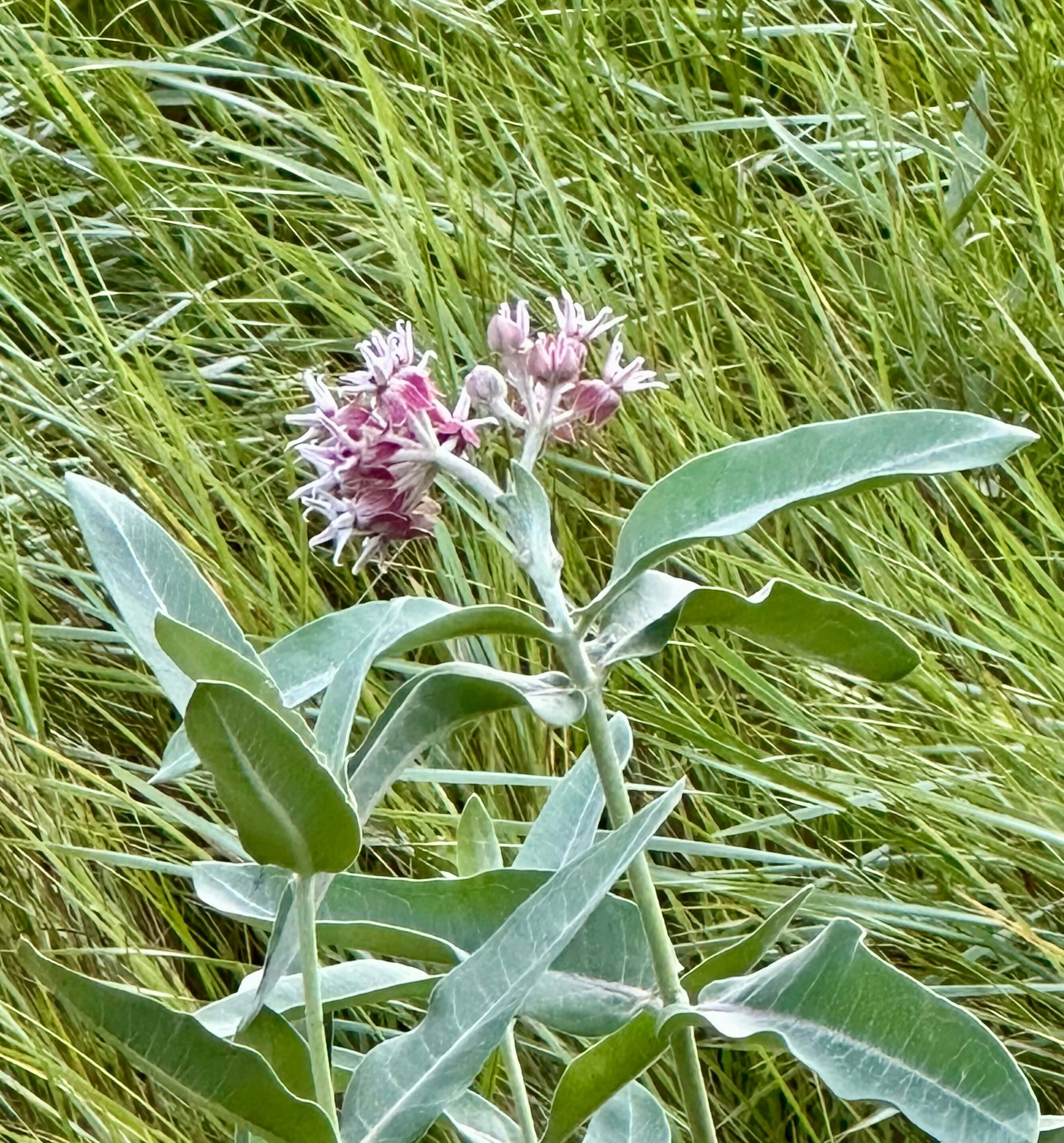Milkweed, Monarchs, and Momentum
The weathered boards of the walkway registered the burden of our weight with soft groans, protecting the underlying delicate grasses and wetlands that lay beneath. Dutifully our group fell in line behind our guide who was keen to point out the many treasures to be seen on this beautiful late afternoon in Yosemite Park. We paused as she pointed out delicate pink and white flowers atop tall sage green stalks with lengthy, leaves at the horizontals. “This” she said with great respect, “is milkweed. The food of choice for Monarch butterflies.” The sad part of that tale was inevitably that habitat has been disappearing due to the ever-expanding footprint of humans, with the associated decline of the Monarchs. Not unexpected news. The delightful part of that tale was about how humans were planting butterfly gardens along the migratory paths to help the butterflies find food and breeding grounds along their journey.
As she elaborated on the migration of the Monarch butterfly, I could not help but feel a very special admiration for this amazing creature. Simply put (and keep in mind I am not a park ranger so double check information) there are two groups of migrants: those west of the Rockies, and those East of the Rockies. Those west of the Rockies migrate back and forth between Southern California and the Northern parts of the USA/Canada. Those east of the Rockies take their southern route to Mexico, and a substantial part of their journey travels through Texas. The southern route is done by a single generation, with one butterfly able to travel between 50-100 miles a day. This information made my jaw drop. I thought about how many times I have watched a butterfly, wondering how they managed to get anywhere with their haphazard flying. Oh, how short sighted I was. When they return north, however, it takes anywhere from 3-4 generations to complete the trip. One butterfly does not make it all the way back to Canada from Mexico in its lifetime. It takes children, grandchildren, and great grandchildren to complete that journey. Some other impressive thoughts: those completing the journey have never been to where they are going. How do they do that? Guesses are migration may be accomplished using the magnetic pull of the Earth or the position of the sun. Where does that skill set come from?
I thought very deeply about how it takes multiple generations to complete the task and the distinct parallels with our own history. It takes MOMENTUM. March is National Women’s History Month, and the wave-like progression of the butterfly brings to mind the progress of women not just throughout our own country, but around the world as well. Sometimes it feels like change happens rapidly, sweeping like the Monarch to the south in one generation. Other times it slows down, the path more arduous. Ultimately, however, we will get to where we are destined to be. We need to cultivate the way for future generations. We need to provide more habitat for growth. As a mother/woman my focus is on improving things for sons as well as daughters. We all want to arrive safely at our destination. Working with the momentum built on the generations, we should all hear that wonderful chime “arrived”.
Keeping our momentum, we are continuing our journey this month on things not specific to Dermatology but applicable to medicine and general health. Last month we discussed journaling, and how it has been shown to have a myriad of health benefits. I hope some of you found that useful and did some of your own investigation. This month I’m going to touch on exercise, and how it may be the single most important thing you can do to improve not just the length of your life, but the quality as well. I think about it this way: Evolutionarily speaking, our bodies have simply not kept up with the changes in our environment. Our bodies were designed to be the healthiest when we were outside doing the hunting, farming, gathering thing. When we were lifting heavy things, walking for miles, and occasionally sprinting to outrun things trying to make us dinner (and not in a good way). We had to learn skills that required balance and strength when crossing terrain. Now we endlessly sit in front of screens, tapping away at keyboards, and wondering why we hurt when we go to bed and can’t sleep when we are otherwise exhausted. Perhaps our bodies will eventually adapt to these new surroundings, but my biological clock is ticking, and I need to act now.
I reiterate this only for those that may not understand why I am on this bandwagon. In a period of five years, I had two cancers, both happening before the age of 61. That prompted me to do a deep dive into what I could do to prevent number three, and to gain any understanding of what I might have been doing to arrive in that unexpected category. During this intensive period of learning, the same things kept showing up. And we are going through those things one by one during this year. My goal is simply to share what I consider valuable information from my journey that might help you in yours. I have had so much help from others who are hosting podcasts, writing blogs, and offering a lot of information for free. People I do not know, but who are reputable sources of good science that I can get behind, as they carefully and thoughtfully offer insight into the latest research available on topics that are not my specialty. I have no financial connection to any of these people, but if you are wanting these references shoot me an email and I will send. Recently I confirmed with several of my oncologists that they too are familiar with these resources and pay attention to them as well. Remember there will always be conflicting recommendations out there, and everyone’s situation is unique and requires careful consideration as to the best way to go about either adding exercise to your life, or revamping what you do to make it more beneficial. At a recent visit to my oncologist’s office, a big waiting room banner proclaimed, “Exercise is Medicine”. Many Oncology groups are now offering exercise as part of their treatment plan, and this is also a common occurrence for those in Cardiac rehabilitation for heart disease, and for those with Metabolic Diseases such as Diabetes. Plain speak exercise may be as powerful as some medications in improved health and survival from many of the most devastating diseases, including heart disease, cancer, dementia, and metabolic disease. It’s also less expensive than many treatments, with fewer side effects, and makes you feel good. Having watched people in wheelchairs do chair workouts and yoga, I daresay it is something available to nearly everyone.
How do you get started? It’s great to work with an expert who can guide you through all of this. If this is available, I would personally start there. I started Yoga with an instructor who was knowledgeable about good body mechanics and got me into the right place before I added weight training. Because of previous surgeries I really needed this to prevent harming myself further. I moved from running to walking (regrettably). But I found things I like to do, and that is a key point for being successful in exercise. If you hate it, and it’s a chore, and you must convince yourself to do it, it has a low overall survival score for becoming a consistent habit. Pick something you like. Evaluate if you are a self-starter or need a group to motivate you. If you need a group or buddy, be sure you look for those that will be positive influences, and likely to encourage you to participate rather than let each other slide. Form a walking or biking group with other like-minded individuals. If you’ve been diagnosed with a specific disease, check with your doctor whether an exercise program is covered through your insurance. There’s a lot of free stuff online, but you definitely have to use your judgement there. When I travel to see my grandchild and get stuck in a small space without a gym or fancy equipment, I whip out my list of exercises I can do on the floor and find a place I can walk safely. I remind myself I am only hurting myself when I try to use the excuse of it being “inaccessible”.
Since recovery from the last surgery, I have used the results of my study to revamp these things in my exercise routine:
- Maximize my VO2 three times a week, for a weekly total of 150 minutes. Think cardio, getting yourself to the point where you are working/breathing pretty hard.
- Endurance: I’m not going full out, but at a pretty good clip for a longer time
- Strength training: I’m trying to not just retain, but build muscle mass, something that gets harder as we get older.
- Balance and coordination: I’m combining learning and movement and balance. (Think boxing, dancing, that sort of thing)
This is in no way a recommendation of what YOU should do. This is what I have read in the latest literature, and what my doctors are recommending to improve my survival chances. Use your good sense and judgement and get someone’s help if needed before revamping your own program. And if something hurts, please stop and get help before continuing.
We will end this focusing on the word “momentum”. I love that word. One of the definitions is ‘strength or force gained by motion’. I think of the butterflies, that weigh less than a gram each, but can weigh down a tree limb to the point of breaking when they gather or negotiate a 3000-mile traverse. Surely, we can build momentum as well!

